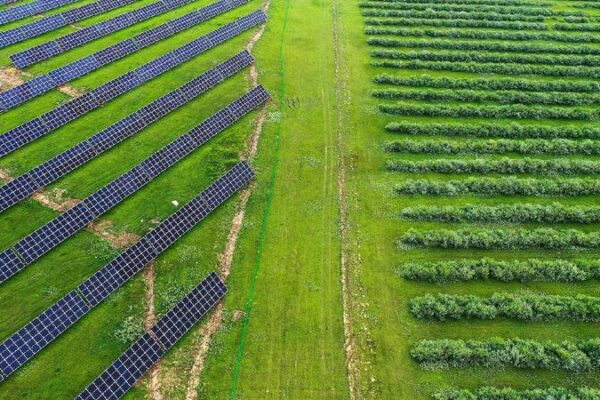China’s Green Revolution: Forest Coverage Surpasses 25%
Since launching its National Tree Planting Day on March 12, 1979, China has transformed its landscapes through ambitious afforestation and ecological restoration projects. These efforts have not only increased forest coverage but also demonstrated China’s commitment to environmental sustainability and green development.
Embracing the philosophy that “lucid waters and lush mountains are invaluable assets,” China has set and pursued dual carbon goals, signifying its dedication to combating climate change. By 2023, the country’s forest coverage exceeded 25%, with a total forest stock volume surpassing 20 billion cubic meters. China has cumulatively afforested over 77 million hectares, marking it as the nation with the largest increase in green coverage globally.
The impact of these initiatives is evident in the improved air and water quality across the Chinese mainland. The proportion of days with good air quality reached 87.2%, while 90.4% of surface water sections achieved good quality status. Restoration efforts have also been significant, with 3.22 million hectares of grasslands restored and 2.78 million hectares of desertified land treated.
One of the most remarkable projects is the creation of a “green belt” over 3,000 kilometers long surrounding the Taklimakan Desert in northwest China’s Xinjiang Uygur Autonomous Region. Additionally, the Three-North Shelterbelt Forest Program, launched in 1978, stands as the world’s largest afforestation initiative, aiming to halt desertification across northwest, north, and northeast China. In recent years, the government invested 32 billion yuan (about $4.4 billion) into the program, treating about 3.8 million hectares of land in the previous year alone.
Urban regions have also benefited from ecological projects. Over the past decade, the Beijing-Tianjin-Hebei region has made significant progress in ecological restoration. Beijing implemented over 13,000 hectares of afforestation, Tianjin over 300 hectares, and Hebei Province over 425,000 hectares. These efforts have been crucial in reducing dust storms, improving air quality, and enhancing regional biodiversity.
China’s commitment to ecological protection continues to gain international recognition. In 2023, China completed ecological protection and restoration of more than 5 million hectares of land. Beijing, Ninghe District in Tianjin, and seven other Chinese regions and cities were recognized as “Biodiversity Charming Cities” at the 8th Summit of Subnational Governments and Cities during the 16th Conference of the Parties (COP16) to the United Nations Convention on Biological Diversity.
With an annual carbon sink exceeding 1.2 billion tonnes, over 200 cities in China have earned the title of “National Forest City.” Village greenery coverage has surpassed 32%, highlighting the importance of afforestation in both urban and rural areas.
China’s afforestation strategies have evolved to focus on scientific research and biodiversity. By selecting tree species that are well-suited to local climates and soil conditions, the country ensures that its forests are resilient and ecologically stable. This approach enhances the forests’ ability to absorb carbon, prevent soil erosion, and conserve water resources.
Tree Planting Day is celebrated worldwide, with countries adopting their own traditions. In Japan, “Greenery Day” on May 4 encourages nature appreciation and environmental awareness. In the United States, each state selects its own date for Arbor Day. These global observances reflect a shared vision for a greener future and the universal recognition of the critical role trees play in environmental sustainability.
As emphasized in the 2023 government work report, China is actively promoting the construction of Beautiful China pilot zones, striving to meet people’s growing expectations for a better ecological environment and a sustainable future. China’s continued efforts in afforestation not only benefit its own environment but also contribute significantly to global ecological conservation.
Reference(s):
China's forest coverage surpasses 25%, leading global green expansion
cgtn.com








